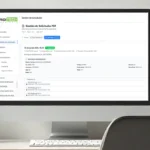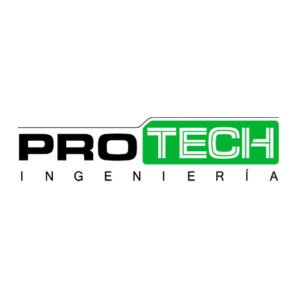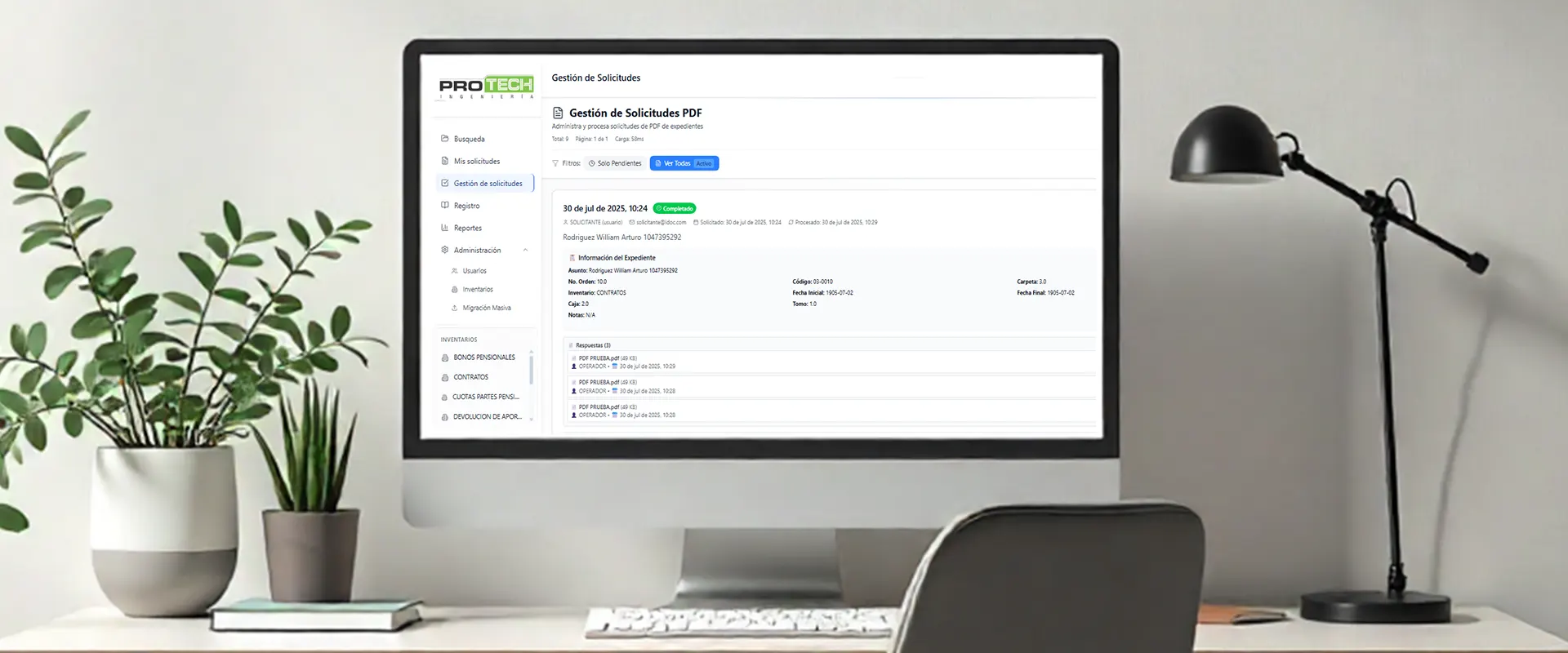En la Document Management, es fundamental comprender Qué son los instrumentos archivísticos and how they help organize, classify, and preserve information efficiently. These tools are essential for ensuring regulatory compliance and the sustainability of records in public and private organizations.. Para entender mejor este concepto, consulte la Official Guide of the National Archives Agency.
What are archival instruments?
To understand what archival instruments are, it is essential to recognize them as regulatory, technical, and methodological tools that establish guidelines for the proper management of documents. According to the National General Archive, these instruments regulate key aspects such as classification, retention periods, and final dispositions of documentation.
What are the archival instruments?
Knowing what archival instruments are involves identifying the main elements that comprise them:
-
Document Classification Framework (CCD):
A tool that organizes an organization’s documents based on its functions and activities. It helps structure files into types, series, and subseries, facilitating their identification, storage, and retrieval.
-
Document Retention Schedule (TRD):
Defines the retention periods for documents at each stage of their lifecycle (active, semi-active, and inactive) and establishes their final disposition: permanent preservation or disposal. It is essential for ensuring regulatory compliance.
-
Document Management Program (PGD):
A strategic plan detailing the activities and resources required to comprehensively manage an entity's documents, from their creation to final disposition, aligned with institutional objectives.
-
Institutional Archive Plan (PINAR):
A document that outlines the strategies, activities, and resources dedicated to managing and preserving an organization’s archives. It ensures the sustainability of document management over the long term.
-
Unified Documentary Inventory Format (FUID):
A tool that standardizes the registration of documents in an archive. It allows precise identification, location, and description of each document or file.
-
Model of Requirements for Implementing an Electronic Document Management System:
A set of standards and guidelines for implementing electronic document management systems, ensuring the authenticity, integrity, confidentiality, and availability of digital documents.
-
Terminological Bank of Types, Series, and Subseries of Documents (BANTER):
A database that defines and standardizes terms used in document classification, ensuring consistency and uniformity in document management.
-
Access Control Table (TCA):
An instrument that regulates who can access documents based on their classification and sensitivity. It establishes permission levels to protect information and ensure document security.
If you want to know more information about what archival instruments are, visit the regulations section of the Archivo General de la Nación.

Why Are Archival Instruments Essential?
Understanding what archival instruments are provides multiple benefits to organizations. These tools not only optimize the organization and preservation of documents, but also improve efficiency and productivity by ensuring more agile and accessible processes, in compliance with current regulations. Their implementation allows, among other things:
- Regulatory Compliance:
In countries like Colombia, archival instruments are mandatory under the guidelines of the General Archive of the Nation. These regulations ensure the transparency and traceability of information.
- Resource Optimization:
They promote efficient archive management, preventing information loss and reducing costs associated with inadequate handling.
- Historical and Cultural Preservation:
Archival instruments ensure that historically and culturally significant documents are preserved appropriately.
- Facilitation of Audits and Controls:
They guarantee that documents are available and in good condition for internal or external audits, meeting legal requirements.
Learn more about digitizing documents on our document digitization page.
How to Implement Archival Instruments in Your Company
To properly implement these resources, start by understanding what archival instruments are and how to adapt them to the needs of each organization. The steps include:
1. Assess the Current Situation
Conduct a thorough analysis of your organization’s document management processes. Identify needs, gaps, and the current state of your archives, including the volume and type of documents to be managed. This step allows you to prioritize and set clear objectives for implementation.
2. Develop Archival Instruments
Based on the assessment, create tools such as the Document Classification Framework (CCD), Document Retention Schedule (TRD), and others aligned with local regulations. Consider seeking guidance from experts or official resources, such as those provided by the General Archive of the Nation (AGN).
3. Train Your Staff
Ensure that the employees responsible for document management understand the purpose and use of the archival instruments. Offer workshops or training programs on archival standards and digital tools as needed.
4. Implementation and Monitoring
Apply the instruments in the relevant work areas, integrating them with digital systems if possible. Monitor their use and make adjustments based on results and team feedback, ensuring continuous improvement.
This structured approach not only ensures regulatory compliance but also enhances the efficiency and organization of your company’s document management processes. Professional advice from archival experts can be key to a successful implementation.
Knowing what archival instruments are is key for any organization seeking to optimize its information management. Their proper implementation ensures not only regulatory compliance but also the preservation of organizational knowledge.
Discover more about our document management services.
Do you need help implementing these instruments in your company?
Contact Us Now!
Contact us now and discover how we can help you implement an efficient strategy for your document management!








